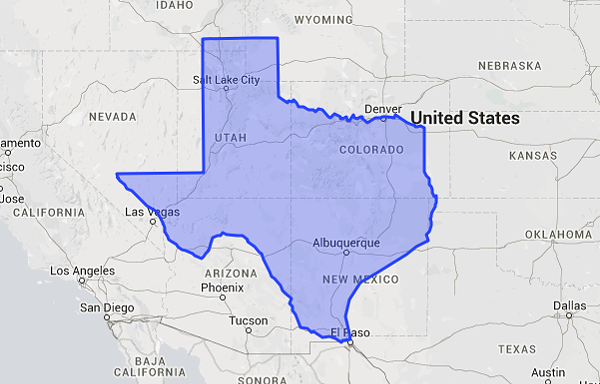California, the third largest state in the United States, is renowned for its substantial geographical area. This size contributes significantly to the state’s diverse climate, ecosystems, and economic sectors. Understanding the dimensions of California offers insights into its regional variations and influences on lifestyle, economy, and natural resources.
Geographical Dimensions
Land Area
California spans a substantial area, making it one of the largest states in the U.S. Its landmass extends over a vast range of longitude and latitude, contributing to its diverse landscapes, which include beaches, forests, mountains, and deserts.
Comparative Size
When compared to other states and countries, California’s size is remarkable. It surpasses many U.S. states and even some countries in terms of total area. This comparison not only highlights California’s vastness but also puts into perspective the state’s significant role in the U.S. economy and culture.
Regional Diversity and Implications
Northern vs. Southern California
The size of California leads to noticeable differences between Northern and Southern regions. These variations manifest in climate, natural resources, and cultural aspects, with each region having its unique characteristics and challenges.
Impact on Economy and Lifestyle
California’s size and diversity directly influence its economy and lifestyle. The state’s large agricultural sector, technological hubs, and entertainment industry are partly due to its expansive and varied geographical features. Additionally, the state’s size impacts infrastructure development, transportation needs, and urban planning.
Natural Resources and Environmental Concerns
Variety of Ecosystems
California’s vast area encompasses a range of ecosystems, from coastal areas to mountainous regions. This diversity is home to numerous plant and animal species, some of which are endemic to the state.
Environmental Management Challenges
The size and diversity of California also pose significant environmental management challenges. Issues like wildfire management, water resource allocation, and conservation efforts are complex and multifaceted, demanding comprehensive and region-specific strategies.
Conclusion
California’s size is more than just a numerical value; it represents a state of diverse landscapes, varied climates, and a multitude of cultural, economic, and environmental facets. Its vastness not only shapes the lives of its residents but also has a substantial impact on the United States as a whole. Understanding the scale and implications of California’s size provides a deeper appreciation of its role and significance in various contexts.

